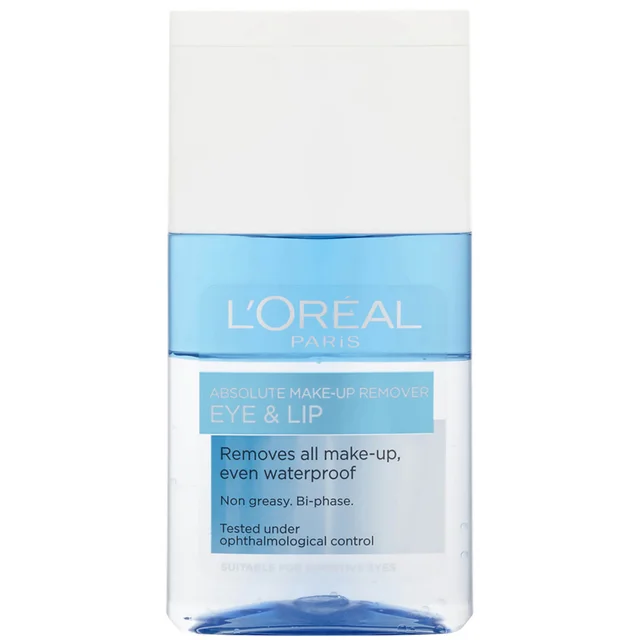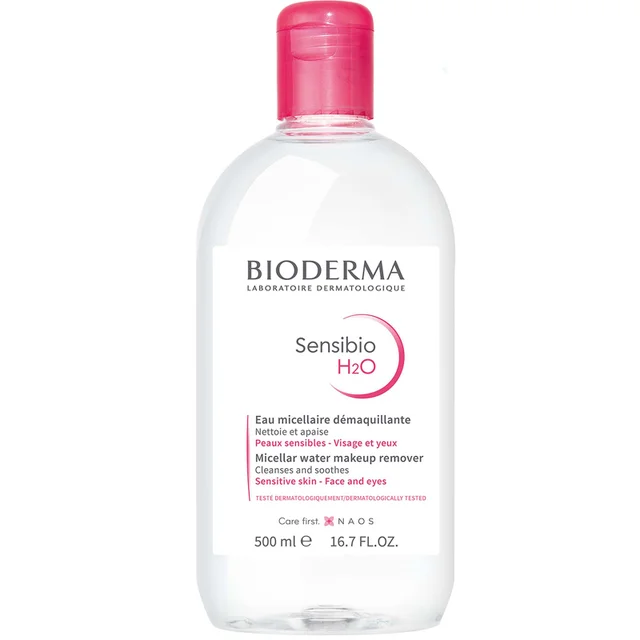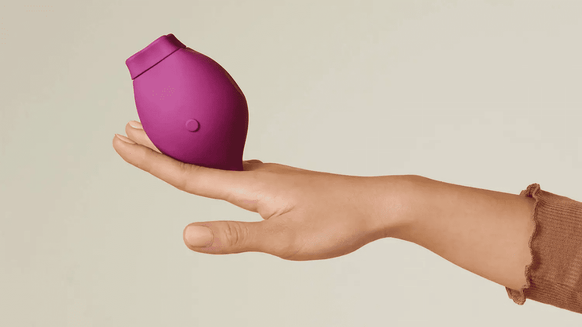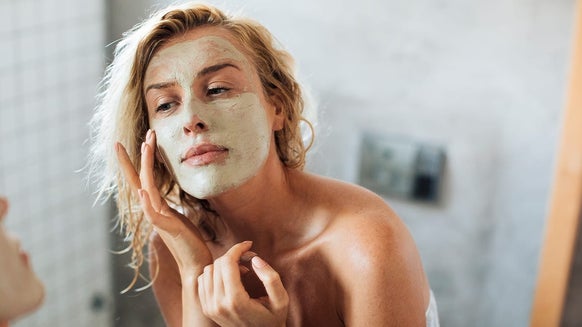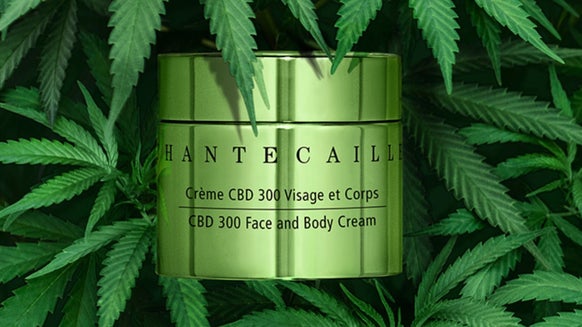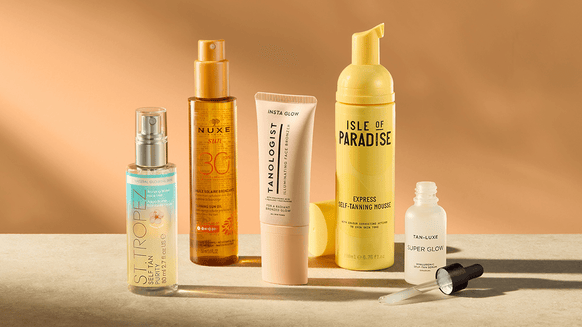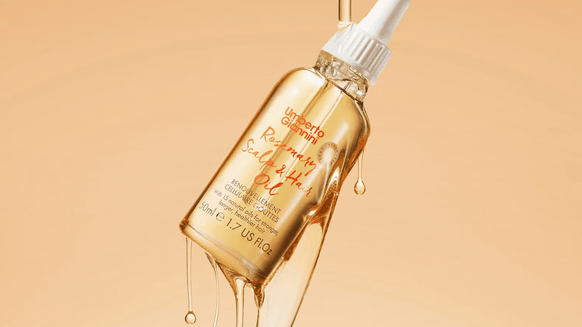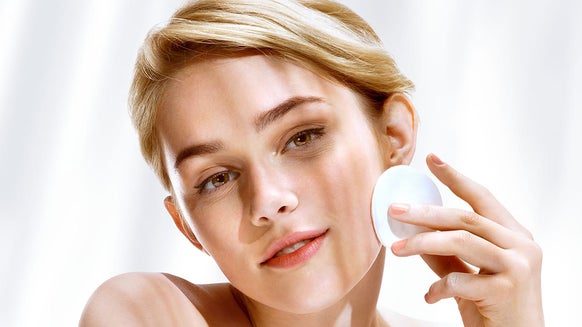This is how to properly remove your eye makeup

When it comes to taking eye makeup off, most of us are guilty of going a bit too hard, rubbing and pulling the delicate skin in a rush to remove the day and get into bed. From irritation to fine lines, not taking proper care around your peepers can cause premature ageing among other issues.
We spoke to Cynthia Beadle, DHC product trainer and compliance specialist, on everything you need to know about eye care and how to properly remove stubborn eye makeup.
How does the skin around our eyes differ from the skin on our face?
"The delicate skin around the immediate eye area has fewer oil glands and produces less collagen than skin on other parts of the body" explains Cynthia. "Natural oil secretion creates a protective barrier that holds existing hydration in place and defends skin from destructive outside aggressors. Without a “hearty” barrier, our skin becomes susceptible to dryness, dehydration, loss of elasticity and fine lines" she adds, explaining that this is why the eye area is more prone to these conditions.
Why do you need a specific product for the eye area?
"Due to the delicate nature of the skin around the eyes, "the importance of gentle, effective cleansing is indisputable" says Cynthia. "It’s essential to use a product that can not only thoroughly remove makeup but leave skin protected and balanced. Eye makeup remover formulations consider the delicacy of the eye area, deciding the ingredients and concentrations therein. That’s not to say a “facial” makeup remover can’t be used around the eye area, however the consumer should determine a product’s versatility before using it for both" she advises.
What are the best ingredients for removing eye makeup?
"Unabsorbed products can invade the eye, resulting in irritation" warns Cynthia. She advises using an oil-based formula to prevent this happening when removing eye makeup. "Makeup is formulated to stay in place and provide long wear. The ingredients used to achieve this benefit tend to be water-resistant" she explains. "Water-based products will not easily integrate with or loosen long-wear, water-resistant ingredients, whereas emollient-rich eye makeup removers, such as oils and creams, effortlessly “grab” and dissolve makeup in a way that water-based products cannot" adds Cynthia. "Additionally, emollient-rich eye makeup removers are more conditioning. Not only do they glide across the skin easier, but they also preserve precious moisture around the eye area" she explains.
Why is it important to properly remove eye makeup?
"It’s important to remove eye makeup properly and thoroughly" stresses Cynthia. "Residual eye makeup that creeps into the eye can be irritating and occlude the few oil-secreting glands serving the eye area. Practically speaking, we’re inclined to care for the post-cleansed eye area by applying crucial moisture by using eye creams and serums" she adds.
"While removing eye makeup, it’s essential to avoid excess tugging and to abstain from using products with drying or “oil control” benefits’, as they can weaken or destroy skin’s natural moisture barrier" says Cynthia. "A compromised barrier results in the onset of dehydration and a lack of protection from free radical influences" she explains, warning that this can promote the appearance of fine lines. "Compared to skin on the rest of our body, collagen and elastin reserves around the eye area are less prolific and struggle to recover readily when traumatized or damaged".
What's the best technique for removing eye makeup?
"How you remove eye makeup will depend on the medium being used" begins Cynthia. If using a cleansing oil, Cynthia instructs to "close your eyes tightly enough to prevent product intrusion. When concentrating on the eye area, use fingertips with modest pressure to gently sweep across the eyelid and lash line. Use a circular, sweeping motion down and away, across the eyelid and lashes".
"For the under-eye area, with eyes still closed, use fingertips with gentle pressure to sweep through the area, away from the corners of the eye and outward towards the temple. The DHC Deep Cleansing Oil provides a silky slip that allows the user to “swipe” without tugging. Additionally, it effortlessly breaks the bond makeup has to the skin" says Cynthia.
"To remove eyeliner that’s tucked in the lash line, try using just one finger to gently massage the point where lashes and eyelids meet" advises Cynthia.
What are the best eye makeup removers for dry eyes?
"Conditioning, emollient-rich eye makeup removers work best for dry eyes because they are less likely to strip skin’s natural moisture" advises Cynthia.
How can you prevent lash fall when removing our eye makeup?
"Using an eye makeup remover with conditioning ingredients will also help lashes" says Cynthia. "Ingredients that dry out the skin will also dry out lashes. When lashes are dry, they become brittle and regularly suffer from breakage" she explains. "Removing eye makeup should be easy and not require excess pressure or tugging. An emollient-rich eye makeup remover provides conditioning benefits to lashes and wards off brittleness and eliminate the need to “scrub” lashes while trying to remove mascara".

Working with brands at LOOKFANTASTIC for over two years I have developed my knowledge of all things beauty from key skincare concerns to niche makeup tricks and haircare hacks. I have a major passion for finding effective solutions that are easily accessible to everyone so that we can all achieve our best, glowing complexion.




